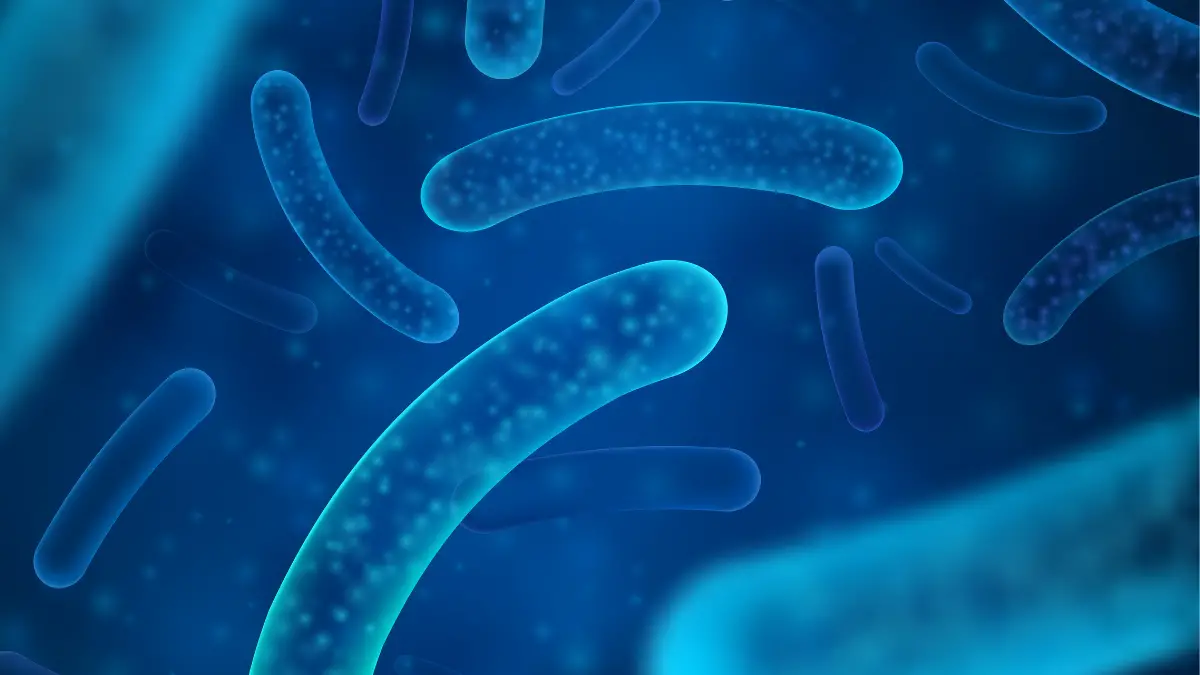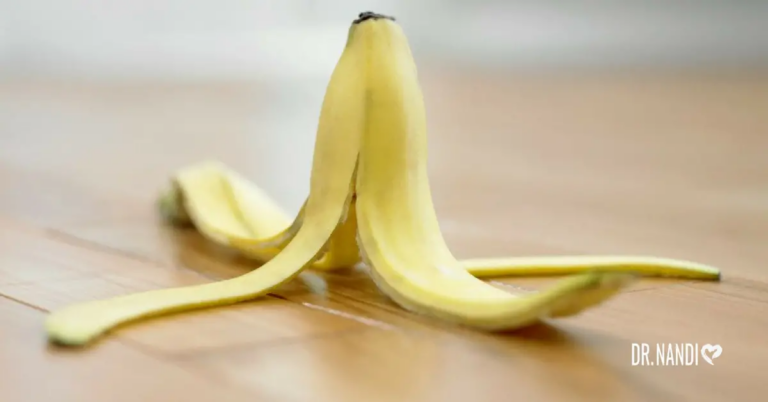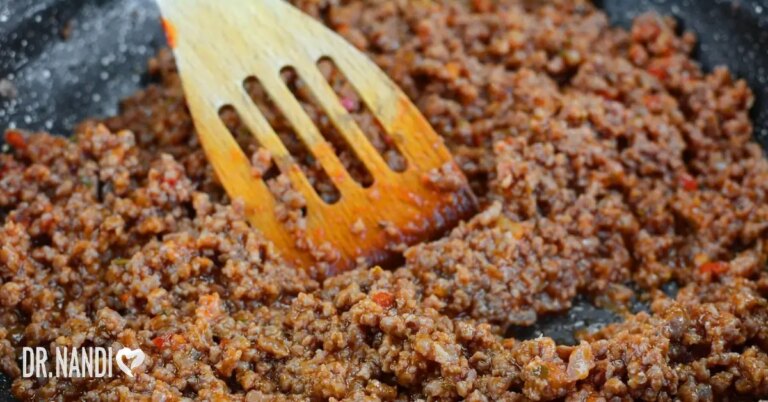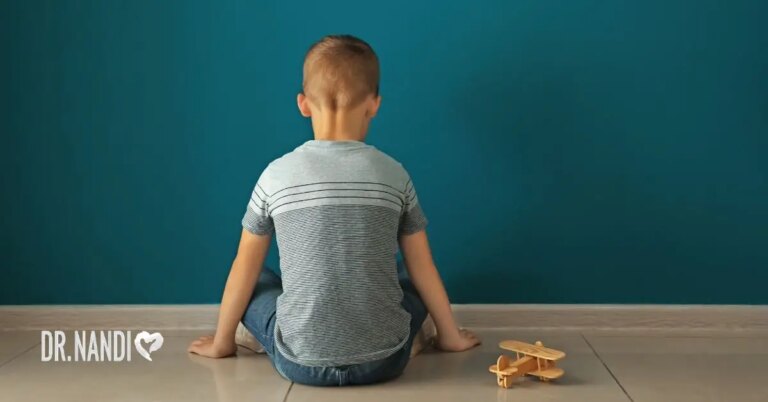If I told you way back in time that diabetes could be cured using healthy people’s poop–you’d probably laugh at me in the face.
But with the current technological improvements and recent discoveries about our bodies, a fecal microbiome transplant—or poop transplant—is now possible.
Why Poop?
It may sound horrible, but the term “poop” or “feces” refers to waste or biological excrement. It is defined as such because the main component of feces is the “carcass” of food after it has passed through our digestive system, with most of its nutrients (supposedly) absorbed. Nonetheless, stool samples are frequently taken in clinical settings for health screening reasons to detect the presence of dangerous bacteria or inflammatory conditions.
Given that normal feces (often brown with a soft to firm consistency) indicate good health, the question is whether stool may be used as a “tool” to improve general human health.
People are getting more and more interested in determining what the human gut microbiome does and how changing it might help people. The introduction of a solution of fecal matter from a donor into the gastrointestinal tract of a recipient to directly affect the recipient’s gut microbial composition and bestow a health benefit is known as fecal microbiota transplantation (FMT). [1, 2]
Following the recent treatment of recurrent Costridioides difficile (C. diff) infection with FMT, researchers hope that this may also have therapeutic potential for other illnesses such as inflammatory bowel disease, obesity, metabolic syndrome, and functional gastrointestinal disorders, according to early evidence. [3, 4]
How Does Gut Microbiome Come Into the Picture?
The importance of gut microbiota in human health was first recognized about 400 B.C. The Greek physician Hippocrates first pointed out: “Death is in the bowels,” and “poor digestion is the source of all evil.”
Researchers have since uncovered remarkable relationships between the gut microbiome and essential systems in the human body, including the brain, the neurological system, and the immune system, which protects the body from dangerous diseases and cancer.
Evidence suggests that an unhealthy gut can contribute to a variety of human disorders, including diabetes, atherosclerosis, inflammatory bowel disease, atopic dermatitis, autism, and even cancer formation. [5]
Gut health affects so much of our body. There are over 10 trillion bacteria living in our body, possibly outnumbering our own cells. They dwell in our mouths, armpits, and ears, as well as on our genitals, fingertips, and shoulder blades. Each part of the body is home to a separate community, each with its own set of species and strains.
Some 10 trillion of these microorganisms live in the gastrointestinal tract, almost entirely in the large intestine or colon—and this community is extremely diverse. Variety may be the most critical component in maintaining a healthy gut microbiota. Healthy humans have 150 to 250 species of gut bacteria (also known as gut flora or intestinal microbiota). [1, 6]
If the gut microbiome can be manipulated through diet and if precision and engineered nutrition can restore the balance in the gut, the microbiome will consequently improve overall health.
But if feces are carcasses of the food that we intake–how can researchers exploit the fecal microbiome to improve human health?

History of Fecal Microbiome Transplant
The concept of FMT can be traced back over 1,700 years to the 4th century when a well-known traditional Chinese medicine doctor named Ge Hong successfully treated patients with food poisoning and/or severe diarrhea by mouth with a human fecal solution called “yellow soup.” [7]
In truth, this is hardly the only instance of fecal material being used in Chinese history. Another traditional Chinese medicine practitioner, Li Shizhen, documented the use of fecal material to treat stomach disorders in the most well-known traditional Chinese medicine book, “Ben Cao Gang Mu,” or Compendium of Materia Medica. [8]
Fabricius Aquapendente, an Italian anatomist, pioneered FMT research in the 17th century, naming the technique “transfaunation,” in which live intestinal bacteria transplanted from a healthy animal effectively returned sick animals to health and vigor. [1]
Dr. Ben Eiseman, Chief of Surgery at Denver General Hospital, and his colleagues described their experience in 1958 when they successfully employed fecal enemas to treat four patients with pseudomembranous colitis. [9]
It wasn’t until 1978 that researchers determined the illness they were treating, pseudomembranous colitis, was most likely caused by a pathogenic bacterium called Clostridioides difficile.
It was evident that these observations were not coincidental but that certain alterations must have occurred following the transplant process, regardless of the administrative path. From another perspective, these practitioners and modern researchers envision that the recipient’s gut microbiome will be forced to go through a “re-education” process to restore balance, as the specially treated fecal material may contain over a thousand functional bacterial species.
During World War II, German soldiers from the Afrika Corps drank camel feces, which aided their recovery from bacillary dysentery when antibiotics were unavailable. No one could explain such a “therapy” method at the time, but scientists are currently experiencing significant advances in research, notably in the drug development sector, by employing a stool to rehabilitate patients’ gut flora. [1]
How Is Fecal Microbiome Transplant Related to Diabetes?
Scientists have long attempted to treat diseases by introducing genetically modified microbes into the stomach. Previously, these efforts concentrated on creating common lab strains of E. coli, which are unable to compete with the host-adapted native gut bacteria.
The gut microbiome is very dynamic and is constantly changing, making things even harder for the non-native bacteria that have never lived inside of a host before to go into the gut microbiome jungle with all of these hostile conditions geared towards preventing bacterial invaders from taking hold.

Researchers at the University of California, San Diego, solved the challenge by directly engineering E. coli taken from the hosts. Bacteria in our bodies are specifically tailored to each of us: the food we eat, the common stresses we experience, and our genetic heritage. This is a significant advantage for natural bacteria, making them excellent candidates for engineering. [10]
E. coli is known to pick up harmful genes and cause disease, and we’re only now discovering that introducing a helpful gene can help us treat chronic diseases and possibly even cure some of them. [10, 11]
The researchers successfully created E. coli from both human and mouse gut microbiomes. They gave this specific bacteria a protein called BSH (bile salt hydrolase) and discovered that this protein aids bacteria in surviving in hostile gut environments long enough to treat sickness. The team also found that this protects the lab rodents against developing glucose intolerance (a hallmark of type 2 diabetes). It is a major improvement over comparable treatments using non-native laboratory strains of artificial bacteria, where many treatments are frequently necessary.
Though interesting, the poop cure is still years from being broadly deployed. More experiments are needed, and human trials as well. This is not a treatment we can rely on for the next two to three years.
It goes without saying that a proper diet and a healthy lifestyle are still the best safeguards against illnesses. Subscribe to our newsletter and receive an instant download of Dr. Partha Nandi’s Diabetic Desserts Cookbook, offering delicious and diabetic-friendly recipes to satisfy your sweet tooth.
Be sure to also visit the Health Hero Pharmacy for health-giving supplements that can support your overall health.
Sources:
- The Use of Fecal Microbiome Transplant in Treating Human Diseases: Too Early for Poop?
- Faecal microbiota transplantation: indications, evidence and safety
- Fecal microbiota transplantation: in perspective – PMC
- Current and future applications of fecal microbiota transplantation for children – ScienceDirect
- Eubiosis and dysbiosis: the two sides of the microbiota
- The Poop Cure – Using Fecal Microbiota Transplantation to Fight Disease in the Gut
- Current Evidence in Delivery and Therapeutic Uses of Fecal Microbiota Transplantation in Human Diseases-Clostridium difficile Disease and Beyond
- Fecal microbiota transplantation: Current status and challenges in China – PMC
- Fecal enema as an adjunct in the treatment of pseudomembranous enterocolitis.
- E. coli engineered from stool samples can survive the hostile gut environment long enough to treat disease — ScienceDaily
- Viruses from feces can help combat obesity and diabetes — ScienceDaily












 Subscribe to Ask Dr. Nandi YouTube Channel
Subscribe to Ask Dr. Nandi YouTube Channel










